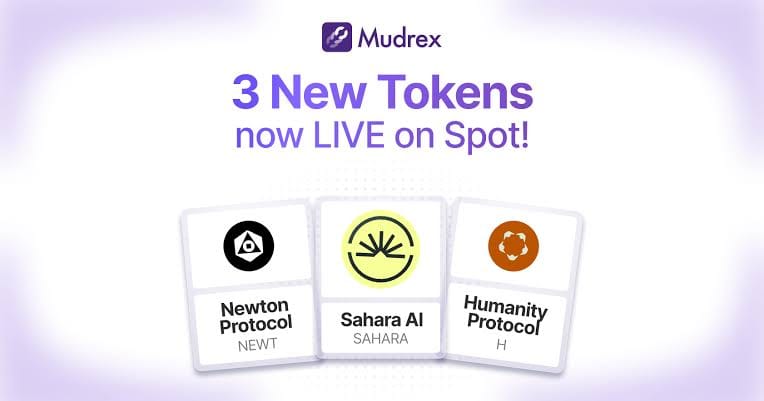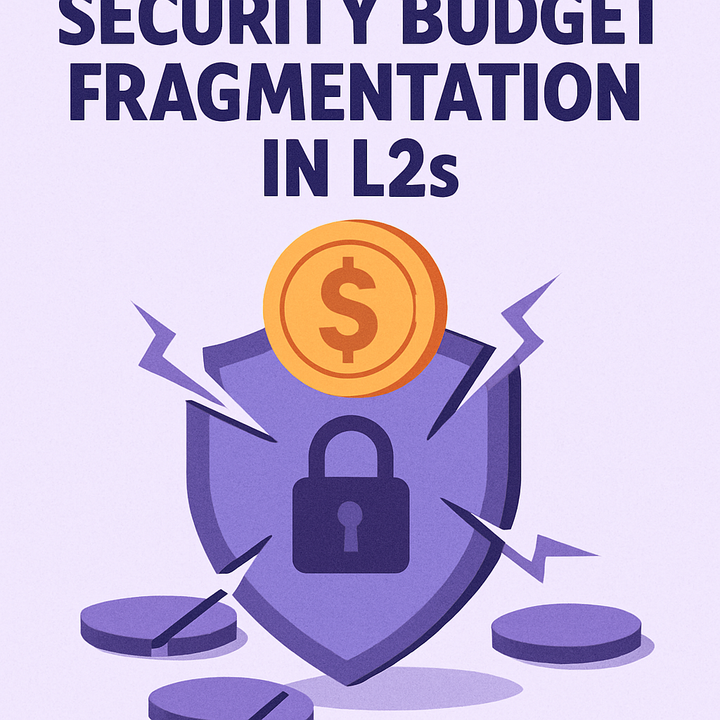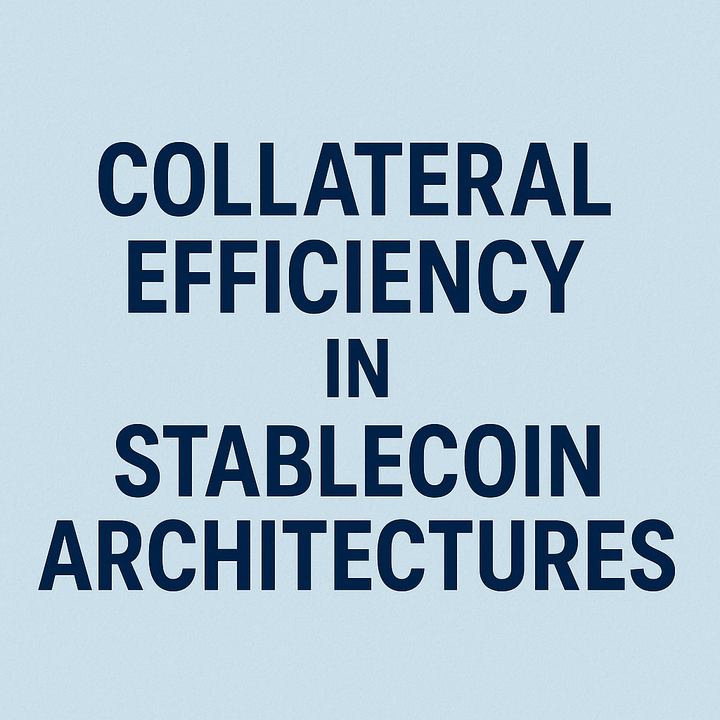Community Governance Models Unpacked Across Three AI‑Driven TGEs

How Sahara AI, Magic Newton & Humanity Protocol Empower Token‑Holders Post-TGE
Introduction
As blockchain projects enter the post‑TGE era, true decentralization isn’t just about token distribution—it hinges on how token‑holders gain influence over protocol evolution. Governance frameworks—from voting mechanisms to proposal rights—define whether protocols remain community‑driven or revert to centralized control.
This article dissects the governance models of three recent AI‑focused TGEs: Sahara AI, Magic Newton, and Humanity Protocol. We compare how each empowers token‑holders after launch, examining voting rules, proposal pathways, decentralization phases, and community engagement—revealing which projects genuinely enable on‑chain influence.
1. Sahara AI: Democratizing AI Asset Governance
Governance Highlights
- On‑chain voting: SAHARA holders can stake tokens to vote on protocol upgrades, fund allocation, and core features via a decentralized governance DAOdocs.humanprotocol.org+15phemex.com+15nftevening.com+15docs.newt.foundation+5blog.mexc.com+5ainvest.com+5.
- Foundation-to-DAO transition: Initially governed by the Sahara Foundation, with structured transfer of control to the community DAO as decentralization progresses saharalabs.ai.
- Staking relevance: Validator and staking incentives tie directly to governance participation—staking secures network and unlocks voting rights phemex.com+1blog.slex.io+1.
Governance Mechanics
- Proposal initiation: Users with sufficient staked SAHARA (or DAO membership) may submit proposals affecting revenue, model licensing and data rewards.
- Voting model: Staked tokens determine voting power; decisions executed on-chain post-meeting quorum.
- Phased decentralization: Foundation initially steers the DAO, but over time, governance transfers fully to token-holders.
2. Magic Newton: Phased Decentralization with Clarity
Governance Highlights
- Foundation-led transition: The Magic Newton Foundation initially manages treasury, governance setup, and protocol upgrades, with a clear timeline to grow community authorityworld.org+8blog.mexc.com+8nftevening.com+8humanity.org+6docs.humanprotocol.org+6iq.wiki+6bingx.com+8docs.newt.foundation+8docs.newt.foundation+8.
- Staked governance: Holders stake NEWT to vote, propose, and signal changes; staking also powers network authenticity measures docs.newt.foundation+2cryptobriefing.com+2docs.newt.foundation+2.
- Transparency-first: On-chain distribution and open documentation aim to eliminate insider bias, supporting trustcryptobriefing.com.
Governance Mechanics
- Gradual handover: Foundation retains initial control but gradually cedes power—developers, validators, and token-holders progressively assume governance responsibility .
- Voting & proposals: Upon staking, community members can vote on improvements. Eventually, stakers initiate proposals directly.
- Governance utility: Proposed uses include protocol upgrades, treasury spend, agent registry parameters, and automation policy.
3. Humanity Protocol: Identity‑Focused Governance Setup
Governance Highlights
- Stake-based voting: Token holders must stake H to vote on upgrades, key keys parameters, and strategic direction
- Validator‑driven security: Identity validators stake H as collateral—misbehavior results in slashing, ensuring honesty phemex.com+1university.mitosis.org+1.
- Cross‑chain DAO framework: Governance smart contracts span multiple chains via Wormhole; only designated Magistrates can propose, while voters weigh in post‑delegation docs.humanprotocol.org.
Governance Mechanics
- Proposal creation: Magistrates (appointed governance accounts) submit proposals that are then voted on by token-holders.
- Voting flow: Users must self-delegate H tokens to participate. Snapshot-based methodology records voting rights at submission time cryptobriefing.com+2docs.humanprotocol.org+2saharalabs.ai+2.
- Cross-chain tallying: A Hub-and-Spoke design aggregates proposals and votes across EVM networks with Wormhole messaging docs.humanprotocol.org.
Comparative Governance Framework Table
| Feature | Sahara AI | Magic Newton | Humanity Protocol |
|---|---|---|---|
| Initial Governance | Sahara Foundation | Magic Newton Foundation | Designated Magistrate addresses |
| Token-holder Role | Vote via staked tokens; propose post‑DAO setup | Stake NEWT to vote; proposals enabled after decentralization | Stake H for votes; casting post-delegation |
| Proposal Rights | Anyone with sufficient stake/DAO status | Phased: stakers gain right over time | Only Magistrates initially; voters decide outcomes |
| Voting Framework | On-chain DAO; tokens determine vote weight | On-chain votes by stakers via governance portal | On-chain snapshot voting via Wormhole across chains |
| Governance Transition | Foundation → Community DAO planned | Foundation → Community over established phases | Centralized Magistrate initially, then open voting |
| Unique Traits | AI asset governance, staking rewards | Transparency-first; verifiable automation funding | Cross-chain identity DAO with Magistrates, zk-backed |
| Governance Utility | Model licensing, reward allocation, upgrades | Protocol upgrades, treasury, automation governance | System upgrades, param tweaks, foundation direction |
What This Means for Token‑Holders
- Sahara AI: Empowers contributors early, but token‑holders must wait for DAO maturity. Stakes matter for both network security and governance.
- Magic Newton: Designed for gradual decentralization. Its transparency and staged transition build community trust ahead of full empowerment.
- Humanity Protocol: Centralized proposal flow with a Baldric of post‑TGE discipline—but cross‑chain design hints at future decentralization.
Conclusion
Each project uses distinct strategies to channel token-holder influence:
- Sahara AI prioritizes stake-based voting entangled with staking and DAO migration, aligning utility with community control.
- Magic Newton establishes a phased transition model, balancing stability with eventual decentralization.
- Humanity Protocol opts for a Magistrate-led framework that emphasizes identity and structured delegation, with voters holding final sway.
Final Insights
- Staking aligns governance & security: All three models require token-staking as a key enabler of voting and protocol influence.
- Transition pacing influences decentralization: Faster handoff empowers token-holders sooner; gradual rollouts protect against governance risk.
- Governance architecture shapes utility and confidence: Cross-chain design, transparency-first policies, and unique taxonomies (Magistrates) offer varying degrees of trust signals.
Explore More on Mitosis University
- Visit our Glossary entries for DAO, snapshot voting, and governance tokens.
- Bitcoin
- Blockchain
- Cryptocurrency
- Mitosis Core: https://university.mitosis.org/mitosis-core
- Governance: https://university.mitosis.org/governance
- Glossary: https://university.mitosis.org/glossary/
- Ecosystem Connections: https://university.mitosis.org/ecosystem-connections


Comments ()